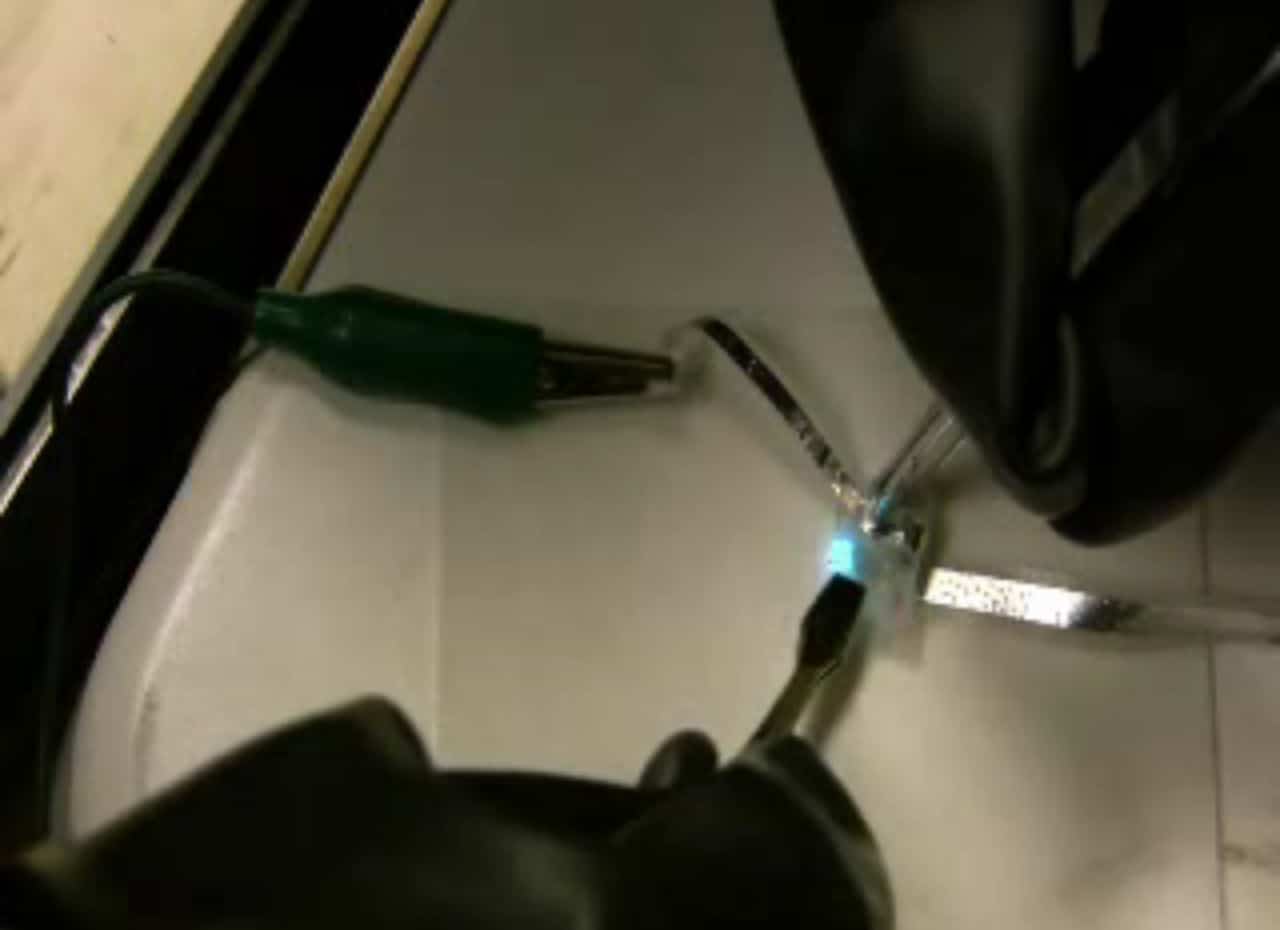
The metal-free devices can be linearly stretched up to 45 percent and the composite electrodes can be reversibly stretched by up to 50 percent with little change in sheet resistance.
Focused on Thermal Management, TIMs, Fans, Heat Sinks, CFD Software, LEDs/Lighting
Electronics Cooling Design, Industry Updates, LED / Lighting, News carbon nanotube, light-emitting, polymer


The metal-free devices can be linearly stretched up to 45 percent and the composite electrodes can be reversibly stretched by up to 50 percent with little change in sheet resistance.
Electronics Cooling magazine has been providing a technical data column since 1997 with the intent of providing you, the readers, with pertinent material properties for use in thermal analyses. We have largely covered the most common materials and their associated thermal properties used in electronics packaging.